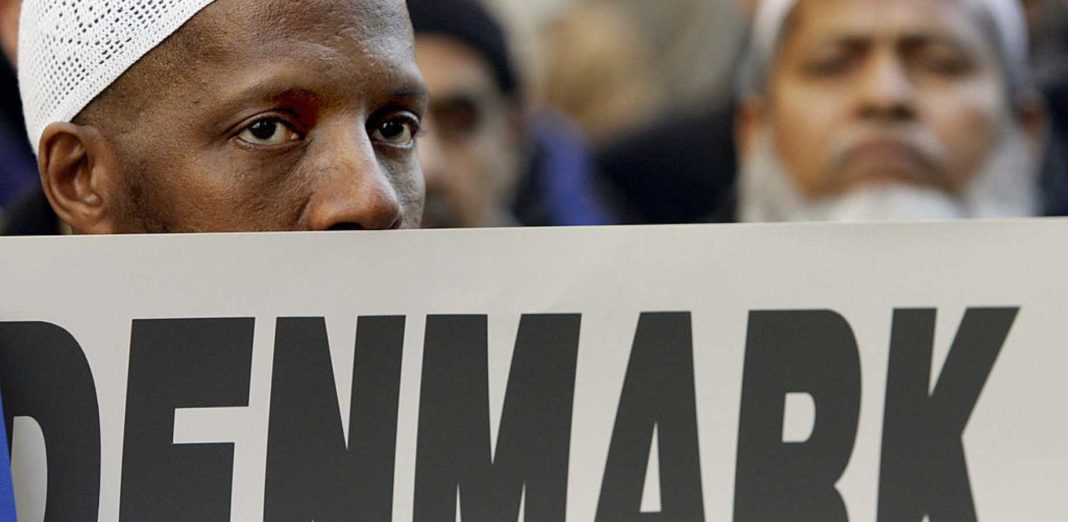With Sweden suddenly all over the U.S. news, perhaps Americans will cast their eyes to another Scandinavian country to see how they’re dealing with their own refugee problem.
Sweden jumped into the headlines over the weekend after President Trump said he’d heard about an incident “last night.” Well, he meant he’d heard about the mess over there “last night” in a TV report, but that didn’t stop the mainstream media from going wild with reports that Trump is a buffoon.
Of course, the gist of what Trump was talking about — that Sweden, which has taken in 190,000 refugees, has now become the rape capital of Europe, not to mention a veritable hotbed for terrorist activity — was spot on. But CNN and other “news” outlets focused only on the “last night” part.
Yet Sweden is not the only place in Scandinavia that’s having a huge refugee crisis. Faced with its own refugee problems, the Danish parliament has passed a new declaration that makes it illegal for a residential area to be occupied by an immigrant majority population, notably Muslim.
The bill, pushed by the populist Danish People’s Party, drew bipartisan support but barely passed with a 55-54 vote.
“Parliament notes with concern that today there are areas in Denmark where the number of immigrants from non-Western countries and their descendants is above 50 percent. It is parliament’s opinion that Danes should not be a minority in residential areas in Denmark,” the People’s Party said.
Liberals objected, with one leader, Martin Ostergaard, saying: “How will we ever achieve good integration if it is stated in advance that your ethnic background prohibits you from being considered Danish? This isn’t just trivial hair-splitting, this is alarming!”
Some 600,000 refugees and immigrants have flooded into Denmark, which provides superb services for its citizens. That accounts for more than 12 percent of the population there. The influx comes despite Denmark being considered the least attractive country for refugees.
Last November, the Danish parliament passed a law that allows authorities to seize assets exceeding $1,450 from asylum-seekers in order to help pay for the migrants’ needs in the country. In August, the Parliament also voted to cut social benefits to refugees and immigrants by 45 percent.
So, side by side, two experiments. Sweden has an open-door policy — and is being overrun with dangerous and violent refugees. Denmark is trying to keep control over its borders and protect its people. Which one do you think will triumph?





